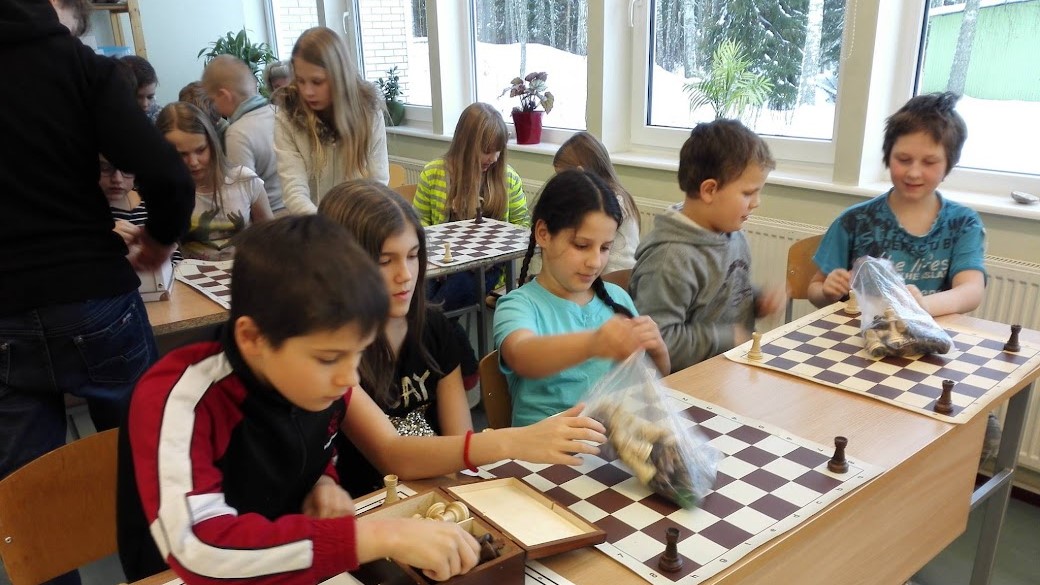[ad_1]
Equal access to education is one of the key elements of the Estonian education system – equality is considered both in geographic and socio-economic aspects; those involved say its relatively solid foundation is linked to social and educational policies developed over the past 30 years.
This article is published in collaboration with Education Estonia.
From the start of the school career, kindergarten is accessible free of charge to all. In addition, the local authorities have an obligation to ensure a place in a kindergarten for children over one and a half years old, when the state parental allowance ends.
“About 94% of Estonian children aged four to six attend kindergarten,” said Maie Kitsing, an advisor at the Estonian Ministry of Education and Research, specializing in educational leadership and teacher policy.
“Kindergartens play a big role when we talk about educational equity in Estonia, because kindergartens are the first place for children where they can nurture their interests and abilities on an equal basis. Nothing is left out because of socioeconomic condition or family worth assessments, â€Kitsing said.
Lea Mardik, director of the Innove Rajaleidja Center in Pärnu County, added that the basics of knowing letters and numbers, reading and calculating them, had been laid in kindergarten.
Basic needs met
Second, by the age of seven, children attend regular school. Kitsing said that, also in schools, social policy decisions have played an important role when we talk about the level of accessibility in education. “Imagine learning math when you are hungry. Can’t do! Cereals in the morning and a hot meal for lunch; these meet basic needs in order to be ready to study, â€Kitsing noted.
She added that before focusing on the learning itself, more factors must be in order – free transportation to and from school, free food in school, primary medical aid in school. school, subsidized leisure education and support from local authorities to people in need. .
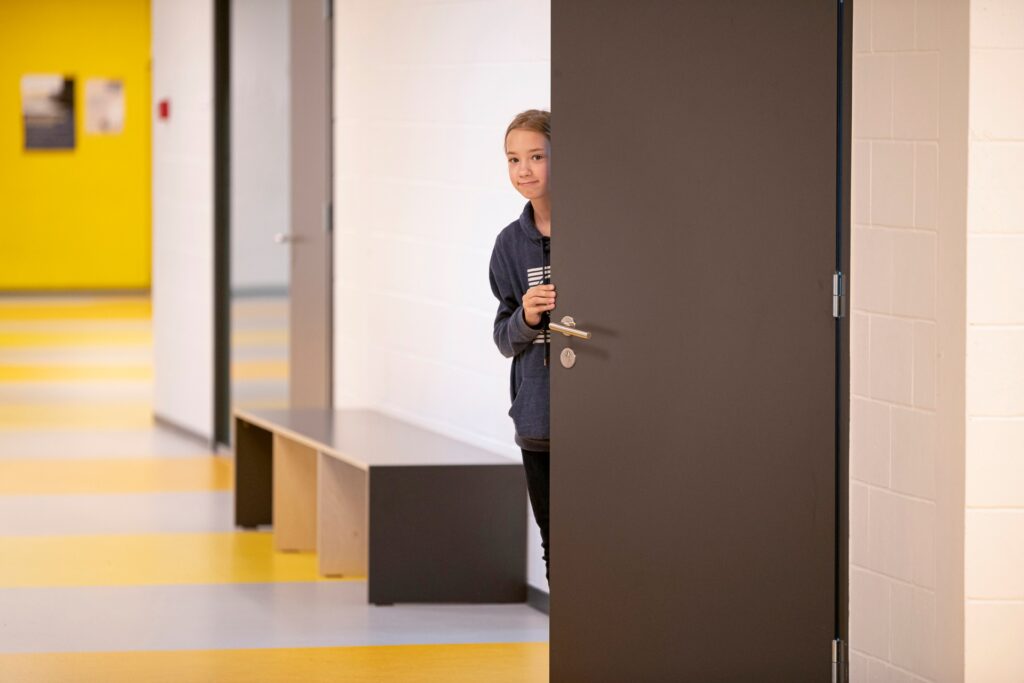
In addition to accessibility, Kitsing emphasized the support structure and adaptable organizational side of things. “It all depends on what to compare. Compared to the rest of the world, things are going very well in Estonia. But, even though we know the current situation here, of course we are working every day to improve it, â€she said.
For example, Estonian schools lack support specialists, for example speech therapists, psychologists, specialist pedagogues, social pedagogues, etc. of the world, â€Kitsing said.
Digital consultancy at the periphery
In this area, the Rajaleidja network centers in every county of Estonia help kindergartens and schools. “We help counsel and feed children and those around them,†said Lea Mardik. “We have different specialists who work as a team and we can give their advice on how to help each child achieve their best personal results, as well as how they can develop to the best of their ability. Our principle is to help as quickly as possible.
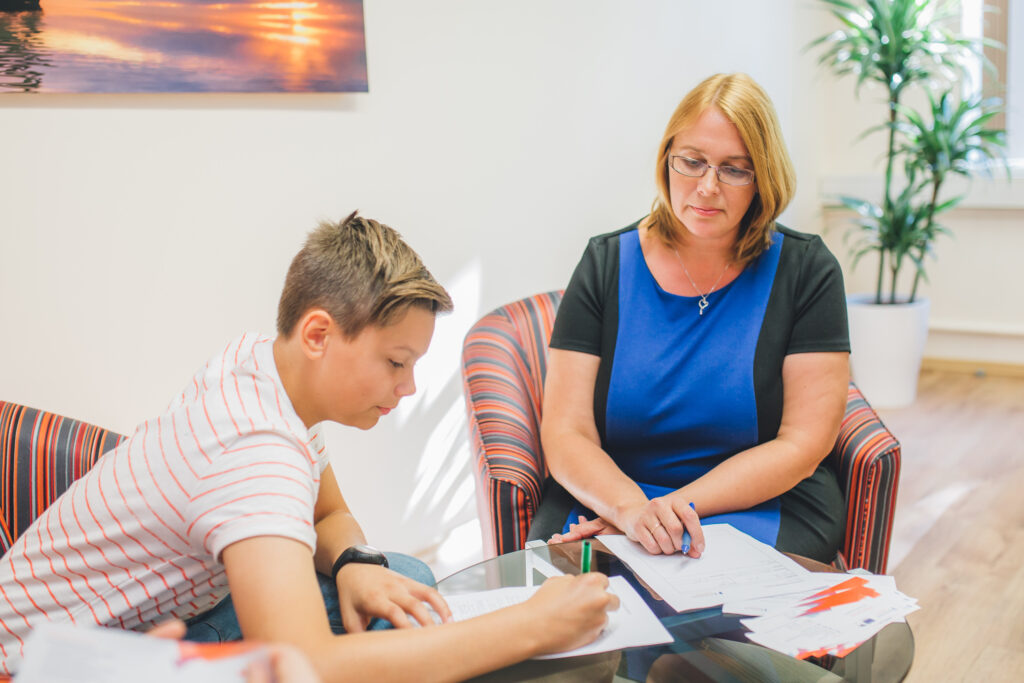
About 3.6% of all young people aged 2 to 18 (about 8,500 of them) and about 17,000 adults are counseled each year on the special needs of children.
The Estonian educational support system is based on two levels: in schools, support services (such as speech therapy, psychological support, etc.) are provided to students on a daily or weekly basis. When academic support is not enough to support the child, parents and teachers can come to Rajaleidja for in-depth assessments and specific educational recommendations. Rajaleidja centers also help when an educational institution does not have the necessary specialists at that time.
It can be argued that specialists must be at school every day to know all the circumstances, or that it is enough that they be nearby and that they can intervene when and where necessary. Mardik highlighted some advantages of bringing specialists together at the center of the county: “Specialists can be independent, not ethically bound by manager-subordinate relationships, which means they can focus completely on their helping role. and that they have their own support system to avoid burning out. outside.”
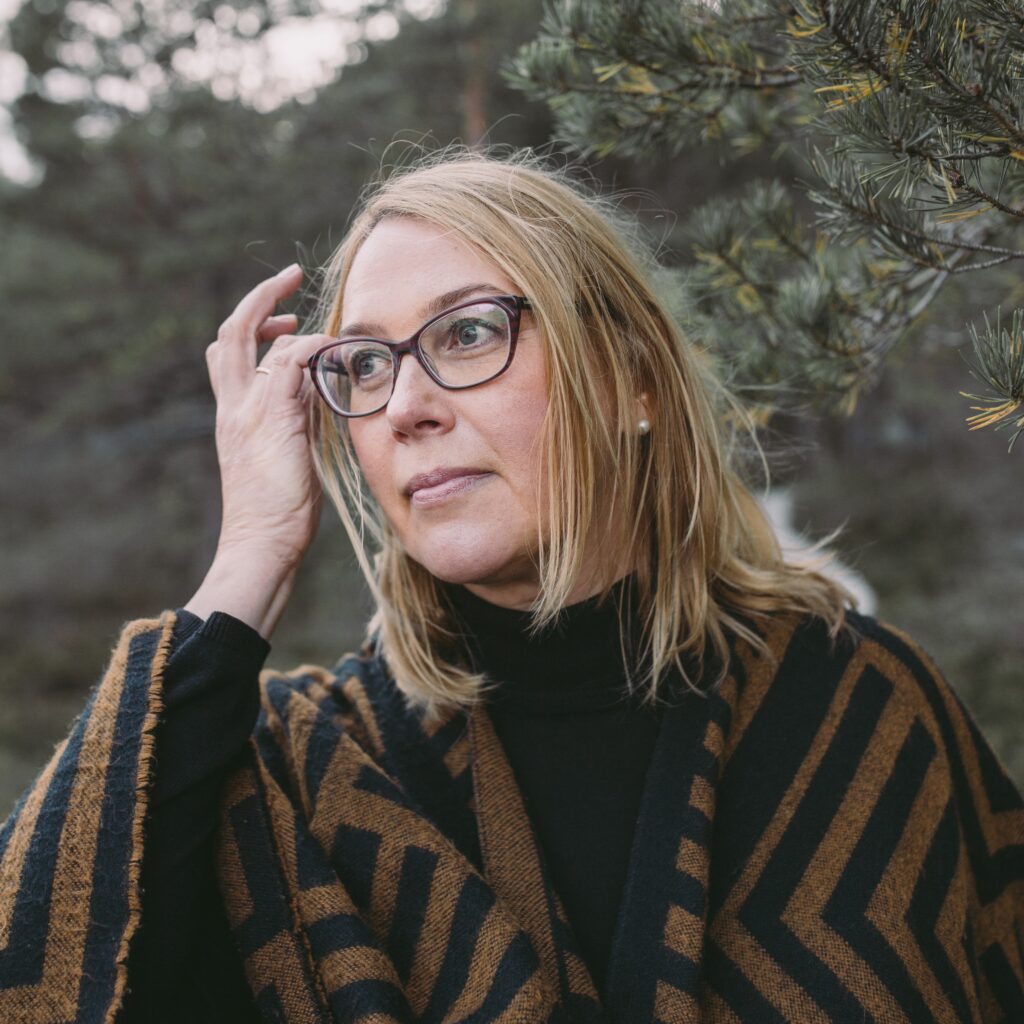
In addition, through these centers it is easier to reach any children who might need help. For example, Kihnu is a small island in southwestern Estonia, in the bay of Pärnu. The journey from Pärnu to Kihnu takes a few hours each way. When the winds are much stronger, it may take longer or even be canceled. Rajaleidja is currently piloting the digital counseling to ensure that the highest quality service is also available for the children of Kihnu. Thus, a geographic location cannot be an obstacle to getting the best professional help.
For SEN pupils (ie with “special educational needsâ€) the study system can be adapted to support them in mainstream schools. In addition to access to support specialists, it is possible to have a national curriculum or a simplified education plan, to study in smaller classes, to have additional support for learning and rehabilitation, eg music therapy.
There is room for improvement
Recent data from PISA (a global study of the abilities of 15-year-old students in math, reading and science) shows that Estonia has been remarkably successful in reducing the gap between a student’s socio-economic background and its access to quality education. Nonetheless, Maie Kitsing highlighted some challenges: “We find that the development environment for boys as well as students in schools where Russian is the language of instruction needs to be encouraged. “
Kitsing said the first steps to improving the situation have already been taken. “We are aware of the differences, we have said it out loud, the teachers have received the information and examined their methods and we are discussing with the researchers,†she explained.

Kitsing added that the question was how the new approach to learning was then implemented into teaching and learning itself. She provided examples of questions that require answers, for example “How can the teacher adjust the teaching according to the particularity of the pupil?” How can we manage to navigate? How is the atmosphere at school? Does it endure or does it exhaust?
But what the results also show, and what is remarkable, is that in Estonia the physical learning environment is equal between the cities and the countryside. On the one hand, the legislation requires it; on the other hand, people with bright eyes always find a way to get good conditions. The Mõniste school is a positive example.
Leisure education supports learning
In the big cities there are many different hobby schools which children can attend according to their interests. In the countryside, leisure groups meet mainly in schools.
Maarika Niidumaa, the principal of Mõniste school, said they had had 10 to 15 different leisure groups in recent years. The school, located in Võru County in south-eastern Estonia, offers its students the opportunity to attend different groups, from ballroom dancing to carpentry and from floorball to robotics.
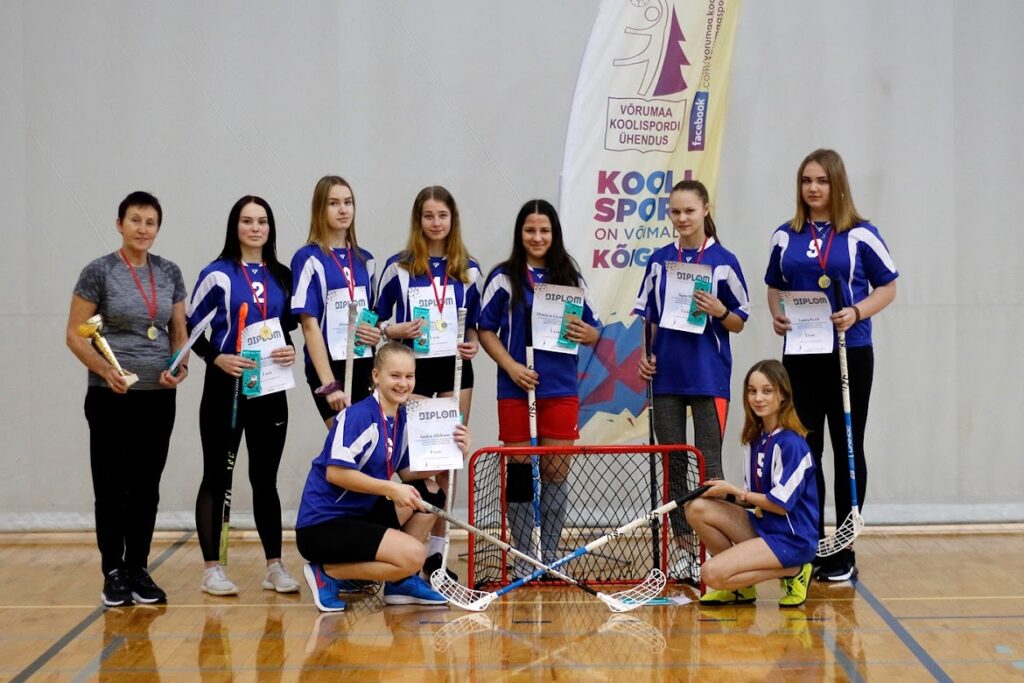
Niidumaa noted that schools and local authorities in the countryside have worked hard to create such opportunities for children and young people, regardless of the size of the village in which they live. “Sometimes they say education is expensive, but I think if we look at the big picture, even if a child goes out in the group and finds a hobby for themselves, the money is well spent. Children and young people need hobbies to avoid bad habits, â€she added.
Moreover, if the child has access to a primary level education, he can find something that he really likes and is good at. Niidumaa cited an example of ballroom dancing: “Some children who were more interested in dancing started training in the town of Võru, which is 40 kilometers (25 miles) from Mõniste. One of them reached the world championships!
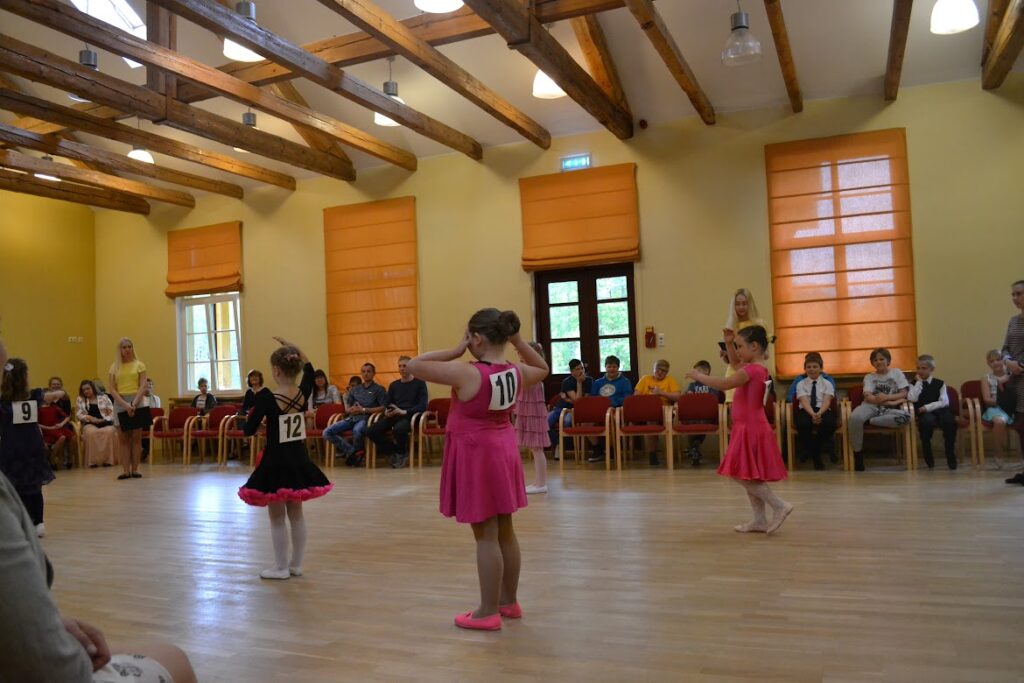
Niidumaa also said that very often recreation education has the same goals as the national curriculum. She brought up the example of the “Daughters of the Home and Young Eaglesâ€, whose activities were good for social skills and patriotic education – the same criteria named in the program.
With the support of the state and local authorities, leisure groups can be free for students. “It is extremely important that children have equal opportunities, whatever the possibilities and the values ​​of families,†Niidumaa stressed. And that is why all the pupils of the Mõniste school visit the ballet at least once during their studies.

In summary, equity in education in Estonia is formed by a complex approach; social support for families, a stimulating learning environment which supports the particular needs of the pupil and has enabled leisure education for all children, none of whom depend on the material wealth of the family.
Also read: Kindergarten education in Estonia balances educational goals and play-based learning.
Cover: Children learning to play chess at the Mõniste school in Võru County, Estonia. Photo of the Mõniste school.
[ad_2]

